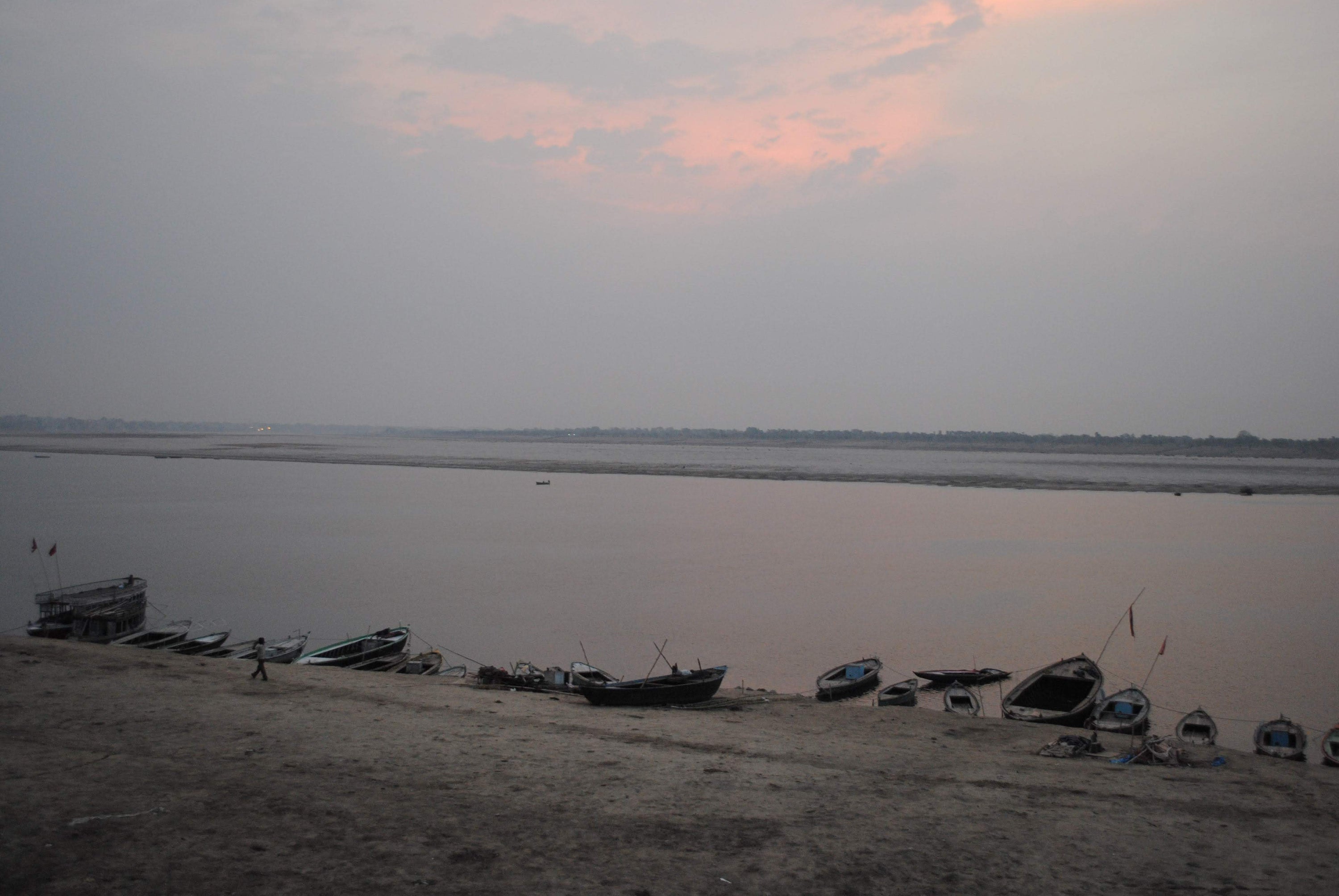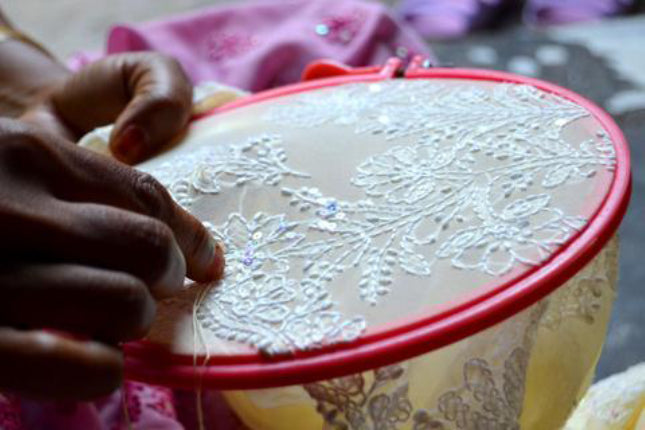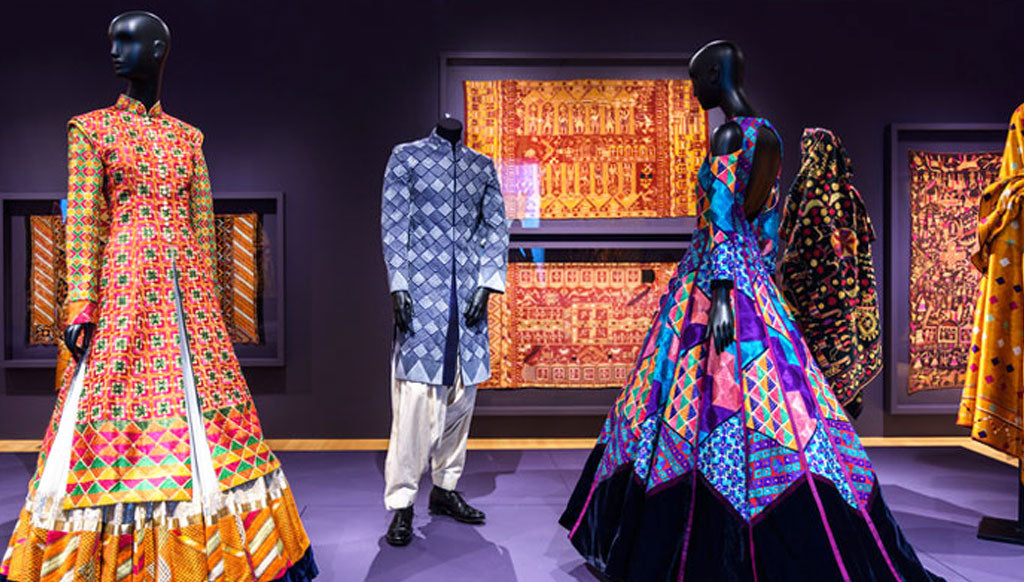Benaras is older than history, older than tradition, older even than legend and looks twice as old as all of them put together. – Mark Twain
The holy banks of Ganges, the sanctions temples, and the mesmerizing sacredness does justify the position of Banaras as the cultural capital of India. It is called Kashi by the Pilgrims, Banaras by travelers, Varanasi by scholars, and ‘home’ by many.
The ‘city of temples’, the ‘holy city of India’, ‘the city of lights’, or ‘the cultural capital of India’—it has been bestowed numerous names. But, apart from it being the undeniable apex of the Indian religious cosmos, its lineage, and grandeur, the city of Banaras also is a remarkable source of premium sarees.Banaras is not merely a city that beholds multiple things at once, it is the emotion that brings people together.
History of Banaras
Most scholars date Banaras to be approximately three thousand years old, while others have dated important structures in Banaras to the eighth century BC (Justice 15). It has heaps of mismatched temples and strains under its own myths, which are contradictory, amusing, obscure and impossible to—at times deny and at times prove! The Ghats have a significant story attached to themselves. Each ghat was constructed by a different medieval king, and though they are young compared to the ancient ruins on Rajghat, the ghats have inspired their own mythology.
Apart from the extensive mythological history, the city has also garnered ample popularity for Art and Literature. Great Indian writers such as Kabir Das, Tulsidas Khullka Bhatt, Munshi Premchand, Bharatendu HarishChandra, and many more have lived here. Their poems, stories, have kept the artistic nerves alive in this city. Furthermore, people celebrate their numerous festivals in traditional styles of classical and folk culture of Varanasi.

Culture of Varanasi
The culture of Varanasi is spell bounding. It is intimately associated with the traditions that go back to ancient times. The living culture religious traditions are shown by the three foremost religions i.e., Hinduism, Buddhism, and Jainism. It is a significant religious pilgrimage destination. During the change in power, when the old culture and traditions were being destroyed by the Muslims ruler, Akbar was the change amongst them. The great king, Akbar played an important role in maintaining the Varanasi culture and heritage.


Origin of Banarasi Silk
Moving ahead to the popular facts of Banaras, there’s no debating the fact that Banaras has been an important center for weaving since time immemorial. The vibrancy and admiration of Banarasi sari need no introduction. It has always found its unique admiration in the trousseau of a lady and has been as much as a fashion statement as an obeisance to tradition. Its glory has rung the bells of all the couture of fashion aficionados—from big-ticket to celebrities in India to fashionistas in Europe.
The finesse of the Banarasi silk was initially used only for furnishing fabrics, light turban cloths, yardages, etc. It reached its peak during Shah Jahan’s time (1628-1657 CE). However, the quintessential Banarasi silk sari gained prominence only during the 19th century CE. A single look at the motifs will give you an idea about how complex and varied the influences have been. In fact, weaves have developed a hierarchy within them that makes this specialization possible. Multiple weaver Gharanas specialize in different kinds of weaves which is massively spread out across the city.
It was Mughal Emperor Akbar who gave the weaving industry, here and across India, a shot in the arm. His eloquent taste towards fabric was matchless. His love of silk grew fonder after he draped his consorts in specialized rick silk sari with zari work done. And he didn’t limit it to mere clothing. He extended the work and had his palace draped in it – carpets and wall hangings made from Banarasi silk. And centuries later, when the British came, they too were baffled by this intricate handicraft. But it was post-independence that several small scale industries grew in the region and Banarasi silk became much sought after.
The Legacy - Banarasi Silk
The vibrancy and admiration of Banarasi sari have always found its unique admiration in the trousseau of a lady and has been as much as a fashion statement as an obeisance to tradition. Its glory has rung the bells of all the couture of fashion aficionados—from big-ticket to celebrities in India to fashionistas in Europe.
The quintessential Banarasi silk sari has its own class of weaving. Weavers have developed a hierarchy within them in the city that makes this specialization possible. Multiple weaver Gharanas specialize in different kinds of weaves which is massively spread out across the city. Each section of the city is where you’ll find one Gharana working on a special kind of design or motif. Maybe that is the reason why it dominates the wardrobe of many across the nation.
The culture of Banaras has remained relatively similar since its very existence. Be it the religious traditions, the taste of lip-smacking delicacies, the artistic swings of brush, or the beautiful Banarasi sari itself. This is an accomplishment for the holy city, considering that many cities today have become quite secularized. It is and will be deemed as one of the holiest cities and continue to attract people towards its glory.
Types of Banarasis
The Banarasi sari is categorized into four distinctive varieties. Pure silk (Katan), Organza (Kora), Zari and Silk, Georgette and Shattir. Amongst these, the pure silk version is the most preferred one by the Indian brides. On the basis of design, Banarasi sarees can also be classified into Jangla, Tanchoi, Vaskat, Cutwork, Tissue, and Butidar





Women’s special place for Banarasis
The zari or the gold or silver brocade that makes these customary sarees/ lehengas/dupattas exceptionally unique amongst the rest. The dazzling finish and luster of Banarasi silk always manage to catch the fancy of modern Indian women, brides as well as global citizens imbibing the Indian Culture. Distinguished designers like Anita Dongre, Sabyasachi, Sharbari Dutta, Ritu Berry, and many more have experimented with Banarasi weaves making it trendy yet authentically traditional to match the changing fashion trends.
Whether it’s Hot Pink, Parrot green, The Stunning red or the Subtle peach, you can buy Banarasi Silk products online from your Khinkhwab, as per your preferred color and pattern. Khinkhwab, time and again, consciously tries to bring the essence of Banaras to its online customers.
Explore the handmade and handwoven Banarasi Silk attires, and thereby support the work of weavers of Banaras. Buy Handloom Banarasi silk attires online, as you can find them all in this one-stop-shop Khinkhwab - The Essence of Banaras
Like and follow us on Social media: Facebook | Instagram | Twitter | Pinterest




